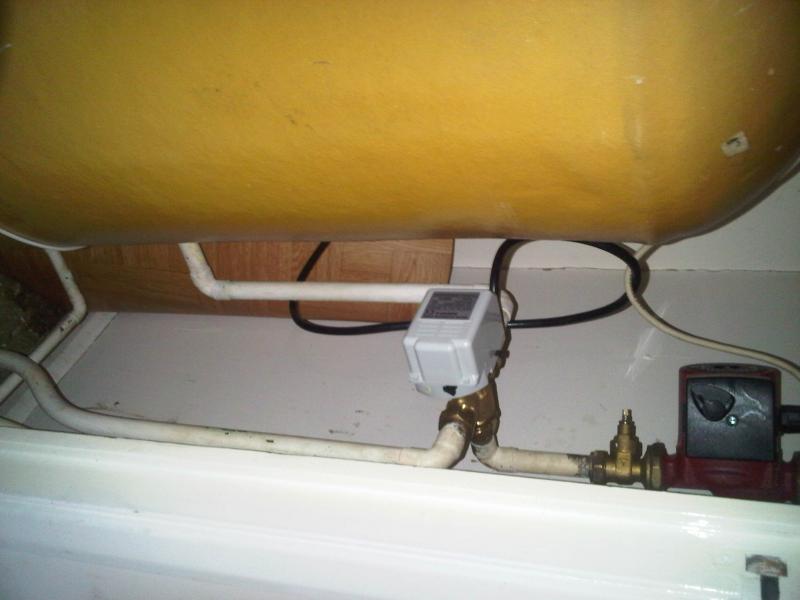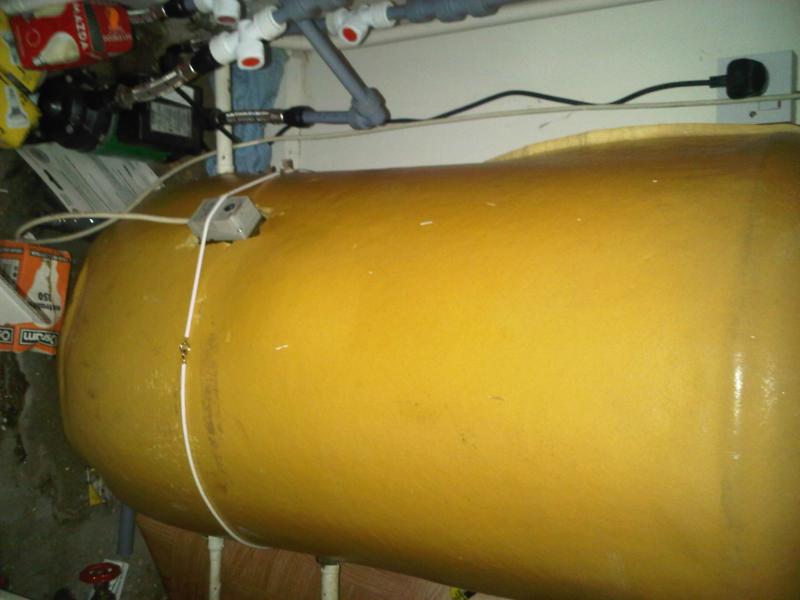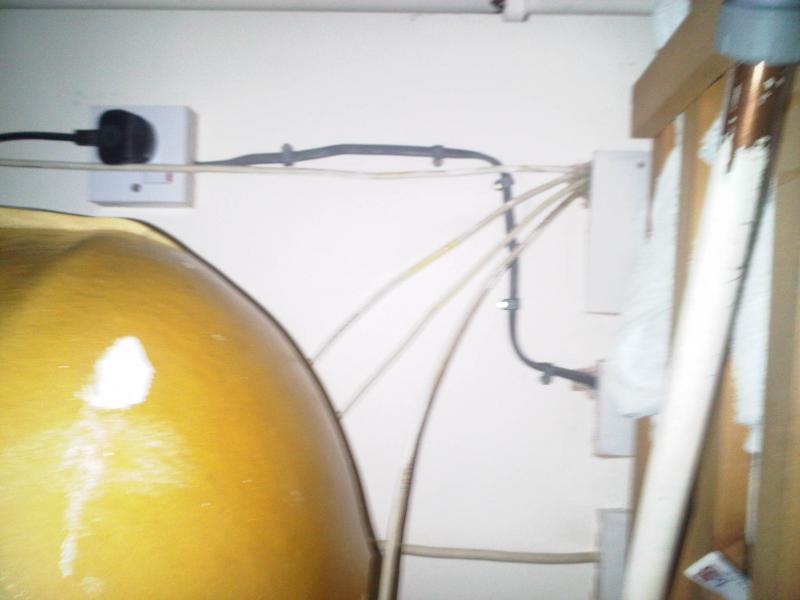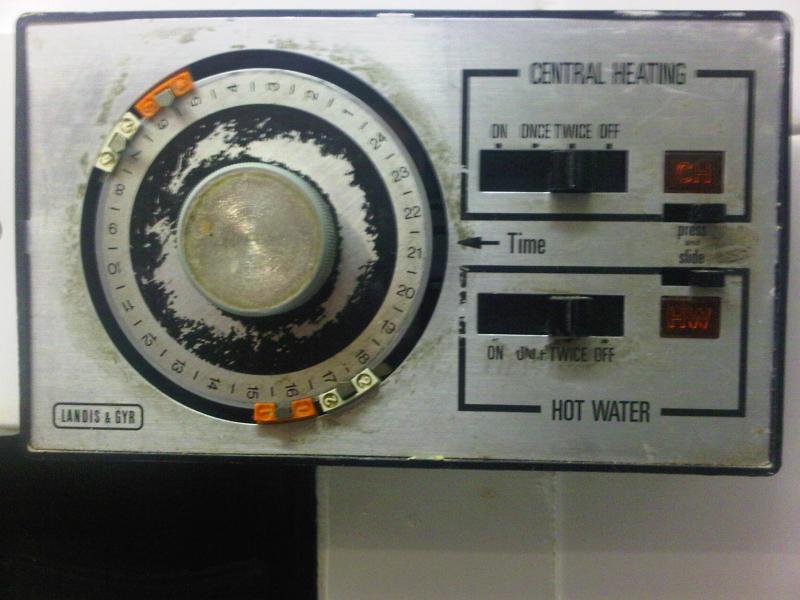We have a tank system which is gravity fed and the boiler provides both hot and cold water.
The boiler is around 20 year old with a balanced flue. When we had it fixed recently the engineer said that it was a hot water priority boiler. We'd rather not replace the boiler although we know it is very inefficient as there is so little to go wrong with these older boilers.
We need to have the central heating on more often, but the problem is that controls only allow us to have the central heating on with the hot water as well. This means that if we need a bit more heat in the middle of the day or night we cannot do that without also heating up a tank of water as well. I know that this is very inefficent, but our controls don't allow us to do anything else.
Is this restriction of having central heating with hot water likely to be a constraint caused by the controls or the boiler type? How hard is it to fix a new control unit? I can do most DIY electrical jobs and understand electronics.
Thanks for your help.
The boiler is around 20 year old with a balanced flue. When we had it fixed recently the engineer said that it was a hot water priority boiler. We'd rather not replace the boiler although we know it is very inefficient as there is so little to go wrong with these older boilers.
We need to have the central heating on more often, but the problem is that controls only allow us to have the central heating on with the hot water as well. This means that if we need a bit more heat in the middle of the day or night we cannot do that without also heating up a tank of water as well. I know that this is very inefficent, but our controls don't allow us to do anything else.
Is this restriction of having central heating with hot water likely to be a constraint caused by the controls or the boiler type? How hard is it to fix a new control unit? I can do most DIY electrical jobs and understand electronics.
Thanks for your help.





